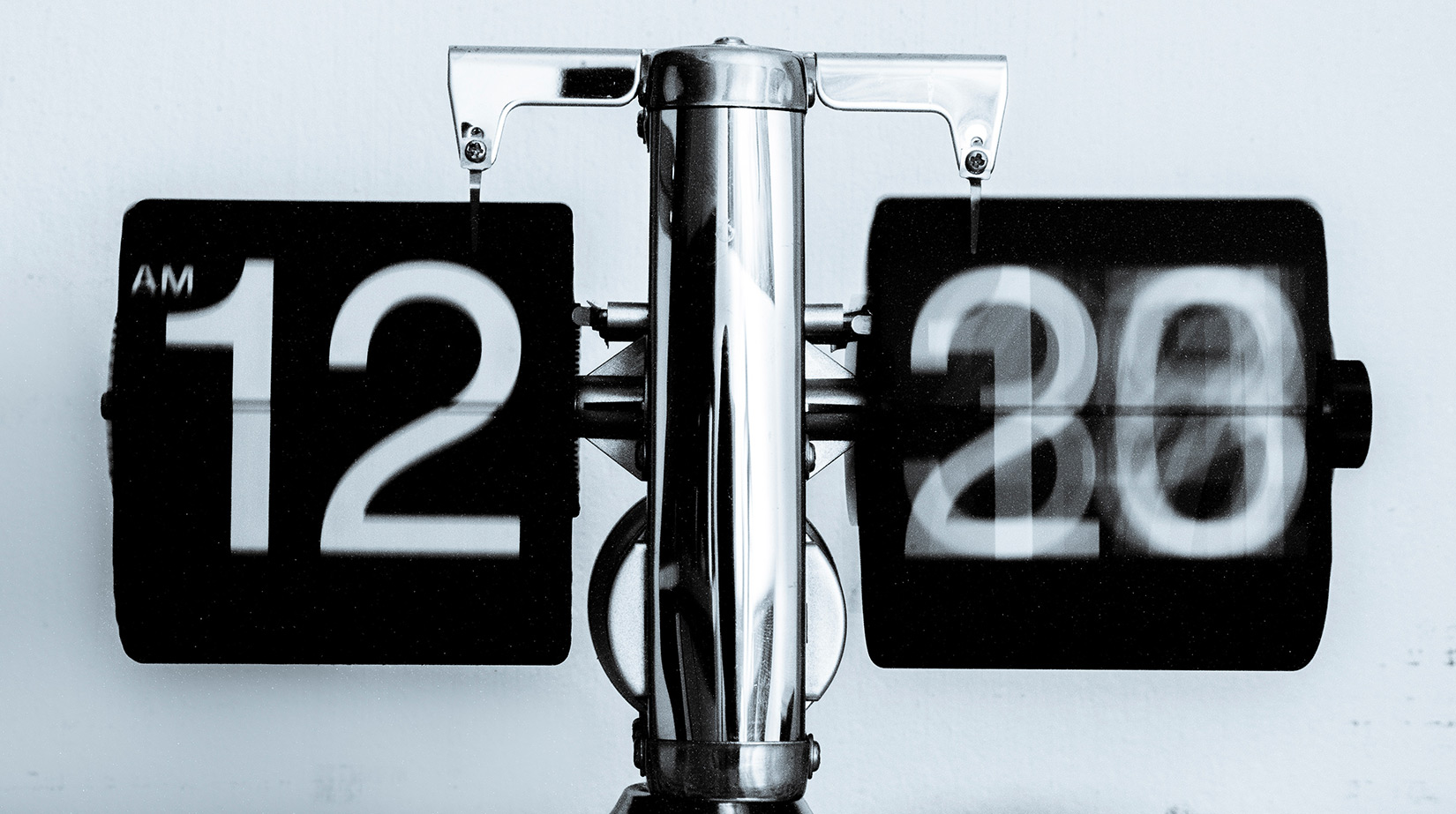In the aftermath of the last Digital Design Days 2019 edition, in Geneva, which KOBU gladly attended, we are still digesting on some of the most interesting topics. In our last Lab Report article, we talked about the warm and welcoming atmosphere and the sense of "love for the job" that pervaded the air. We heard from specialists about the passion for creating and reinventing brands that moves many of the professionals working in the creative business.
The test of time: about brand facelifts

Two of the speakers we watched are working with companies which brands are strongly imprinted in everybody’s minds, however not meaning that they don’t have to work hard to keep themselves remarkable and loveable throughout the years… Having heard from Ximena O’Reilly (Nestlé) and Max Lederer (Jung von Matt, for BMW) at DDD got us thinking on how challenging it is for legacy brands to keep innovating their speech and image in a way that maintains yesterday’s heritage while meeting customers’ today and tomorrow expectations. Nestlé is 153 years old and BMW is 102 years old. Working on a project that aims to revive a brand must be an exhilarating exercise of ingenious balance.
Mature brands: when the power of legacy meets the power of data
Companies with more than 100 years old own brands that have survived and endured some of the most difficult periods in contemporary society, from global wars to global economic depressions and global social shifts. Those brands carry within themselves, their image and their message, part of the world’s history, representing feelings that marked generations. Unintentionally they have ended up owning a social part and, unconsciously, people have grown expectations towards them. These are some of the cornerstones upon which reputation is built and it is a valuable asset playing in legacy brands’ favour. However, reputed seniority for itself is not enough to stand the test of times. The future is built upon the past but it also implies an evolutionary process, change and adaptation. Companies behind brands are running businesses that need to keep profiting and they must pay attention to their brand’s vital signs because it is… well, vital!
Just riding the crest of the technological wave all the time is not a guarantee to evergreen connection with the public. That is just the shape and vehicle through which brands convey who they are. But in order to foresee the exact timing for core adaptation, brands must have complete grasp over several aspects of the relation built with their audience. On the one hand, identity and behaviour. Mature companies normally have a strong hold of their history. Being able to repeatedly go back and check lessons learned, looking for guidelines to help tackle the future is a healthy part of any growth process. Yesterday’s experience strengthens today’s decisions hence shaping behavioural patterns and building identity. Old brands must know exactly where they come from, who they are today and how they want to position themselves tomorrow. On the other hand, demographics. Holding perfect sense of who you are talking to is key to shape your speech accordingly. Does this mean brands should mould themselves to meet audiences’ preferences? Not at all. Brands will fall within their niche’s preferences if they stand consistently to a clear personality. That is called identification and it naturally derives from common ground. Nevertheless, brands must have true interest in knowing their fans characteristics and surroundings. Who are they? Where are they? In order to keep reaching them in the best conditions possible, communication must flow properly through the most suited channels and tools. Only this way can brands’ conveyed identity, promise and overall message match how they are regarded and how they are expected to act.
In today’s world, mastering the art of cross-referencing data (information… always information!), enables mature companies to anticipate situations of imminent disengagement with their brand. Staying on top of the trends may be very important but most important is maintaining a perfect sense of our perceived identity and the outreach of our message. Before undergoing a process of brand reviving, companies have to listen and take pulse of their fans in order to set clear boundaries over what to reshape and what to preserve within the brand’s communication scope. Only this way is it possible for companies to decide whether to go for a deeper, more radical, change and embrace a rebranding process or if it is just a matter of realigning the promise and undergo a brand repositioning.
Rebranding or repositioning?
Heritage and tradition are precious features that not all brands achieve and even though they translate strength, consistency and experience, they can be thrown to the ground very quickly if the wrong steps are taken. These important bricks on the wall of customer loyalty must be handled with extra care and expertise throughout brand reviving processes. For creative teams tackling these situations it is particularly challenging to understand the framework within which the conceptual work will be fashioned. Many times the bias around the process of reviving a brand can bewilder it. When working with a legacy brand image, creatives cannot mislead themselves into the temptation of following current trends and fads, even though it may seem the easiest and safest path to reach vaster audiences. What must be understood in the first place is if the brand has been outrun by the future or if the brand became unresponsive to its audience expectations. Then, being in possession of the relevant information about who the brand is and who is listening to it, creative teams are able to start deconstructing both overall concepts as well as borderline aspects within the brand fabric in order to weave a formula that will bring it to life again.
In fact, both Ximena O’Reilly and Max Lederer gave several examples that showed how experienced companies can cleverly reshape their brand’s image without losing its aura. Despite the compulsory need of setting a multi-channel approach, required by today’s widespread, easily accessible, cutting-edge technologies and people’s racing pace of life, the reboot of a brand’s image and speech should not destroy its personality. The aim is to update the message format but not its spirit because that is where the brands’ heart beats and that is from where passion is built.
Rebranding with mastery: turning burdens into strengths
Ximena O’Reilly shared with the DDD audience the challenges that her team went through to refresh the image of Perugina, the 111 year old brand, part of Nestlé group, which had become out of date. It was so very tempting to completely re-do the brand’s logo… It was an old shaped, stamp-liked logo, with a left-facing golden griffin standing above the word Perugina, written in a distinctive medieval-style lettering. The brand was born from concepts revolving around its geographical birthplace, Perugia, Italy, appealing to its countryside origins. Ximena’s team knew they had a centennial product between hands and that erasing the fundamental visual elements would disastrously disrupt the legacy message which they wanted to keep. So, without yielding to the temptation of a minimalist approach, they opted to keep the griffin and the lettering, reshaping the background shape and working on a different palette of colours. Opting for this rebranding approach along with a strategy to refresh the product portfolio, got Perugina the attention of new, younger layers of consumers, while keeping it real with the old fan base, allowing the company to see the brand gain a new breath.
Clear-cut repositioning: old dogs learning new tricks
Max Lederer, from Jung von Matt agency, described BMW’s struggle to convince the world of their commitment to green-shift the current car building model. BMW required an identity realignment in order to make a clear statement before their customers and prospects that the company is seriously investing in R&D to reduce their engines’ exhaust emissions. Max and his team knew that the issue was not a brand visual outdate; what needed to be updated was the brand’s promise. BMW had been successfully addressing yesterday’s customers with words of praise and worship of the combustion engine. But today and tomorrow’s customers have other concerns in mind, regarding sustainability, ecology and consumerism, values to which BMW’s historical identity was not linked to in any way. So, after much thinking and major investment, BMW celebrated their 100th anniversary with a bold installation: a gigantic representation of four AAA batteries, in video-mapping format, displayed at their historical headquarters building in Munich. By taking this public action, BMW reinforced their legacy feature as a brand while making it clear that the company is embracing technological evolution once again in its history and taking its environmental responsibility. BMW stated a clear, honest and authentic commitment to a new value proposition, keeping up with today’s global paradigm and responding to the expectations of the new generation of clients and prospects.
Above all, stay true to yourself
The most unanimous opinion in the industry is that brands need to remain coherent in their behaviour, keeping in line with the message conveyed by their promise. Audiences are more and more attentive to what is being said but they are even more attentive to what is being done and the punishment for a brand’s lack of authenticity is public trial and inevitable disaffection. Within the realm of legacy brands, respecting authenticity is an especially important and sensitive matter. Enterprising a rebrand or repositioning, requires brands to perfectly know themselves and their audience and deciding for a balance that may either bring them back to the game or throw them definitely to the ground.
At DDD we watched examples of how legacy brands can successfully work upon a sense of nostalgia while simultaneously reviving their image or promise through bold adaptation moves and still remain true to its origins and roots. Evolution does not have to mean total disruption.
Transparency disclaimer
Article written by Isabel Evaristo.
Credits
- Cover Photo by Djim Loic (Unsplash)
- Perugina Rebranding by CBA Italy
- BMW The Transformation of Landmark by Jung von Matt
How do you feel about this article?







